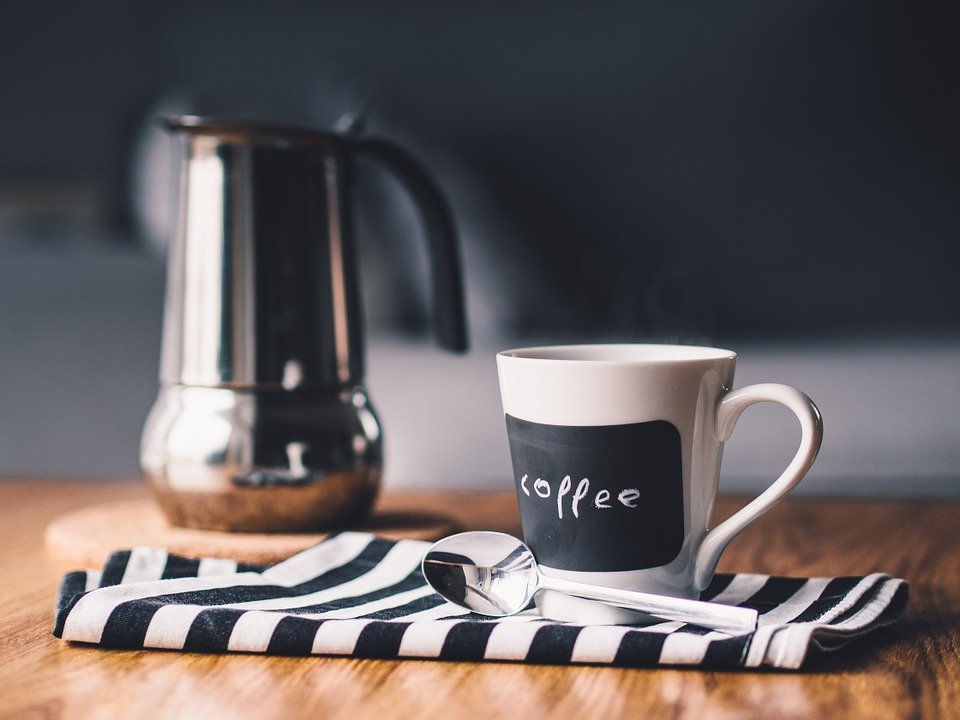
Ok, so now that you have roasted your quality green beans to perfection, how do we get this delicious fresh coffee flavor into water? First, we prepare the beans for extraction by grinding them down to size to increase the surface area.
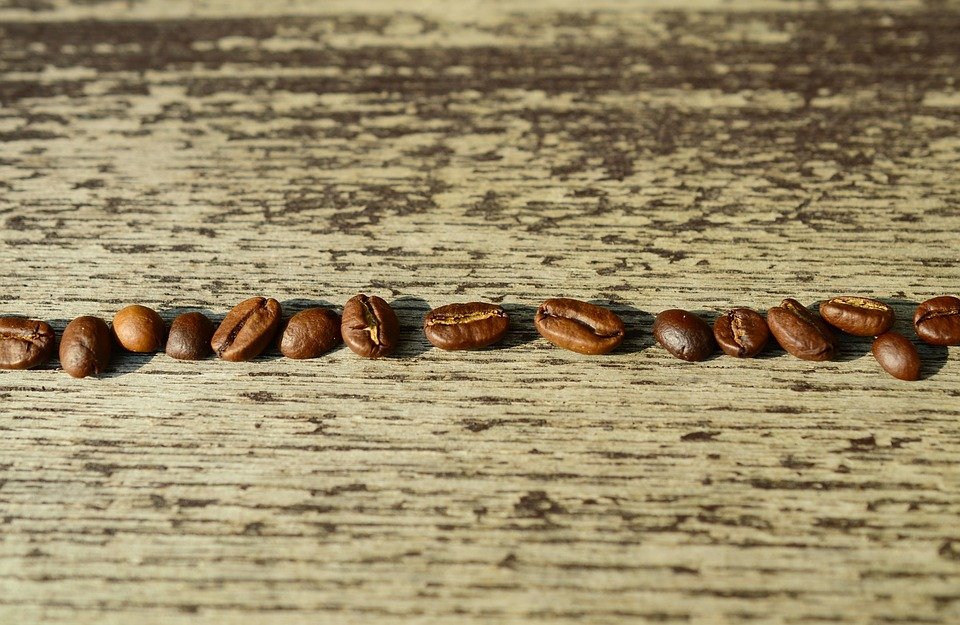
No matter if you grind the beans coarsely for a French press, much finer for espresso, or almost powder-like for a Turkish coffee, the key is to grind the coffee into a uniform size. If you end up with some grounds that are like powder and some like gravel, you will over-extract from the small pieces and under-extracting from the larger ones.
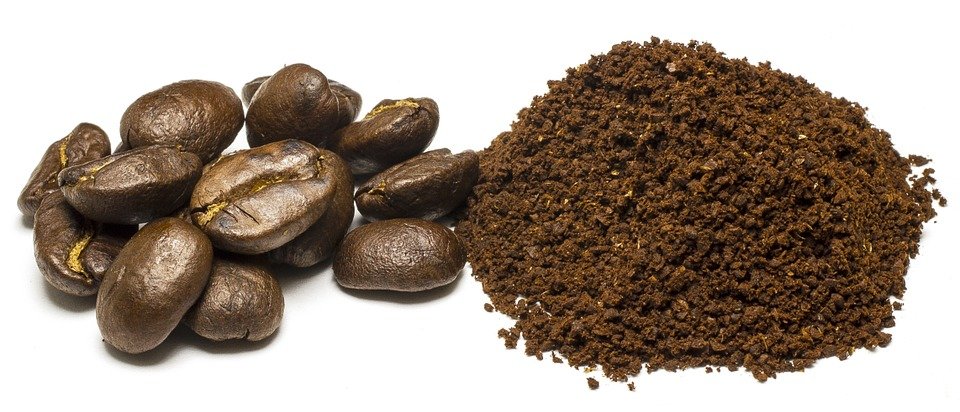
Over-extraction results in bitterness from taking too much of the soluble flavors from the coffee.
Under-extraction results in sourness and no sweetness.
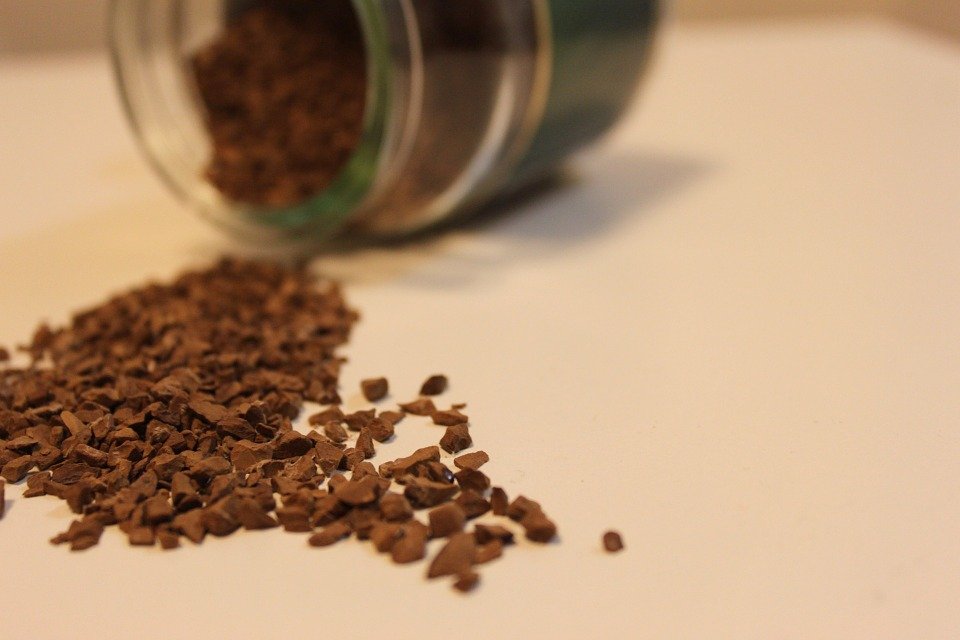
It’s impossible to achieve a uniform grind with a blade grinder. The blade chops and slices indiscriminately. However, a burr grinder has two serrated rings with jagged edges. As coffee beans get trapped in between, they get lopped off into a uniform size.
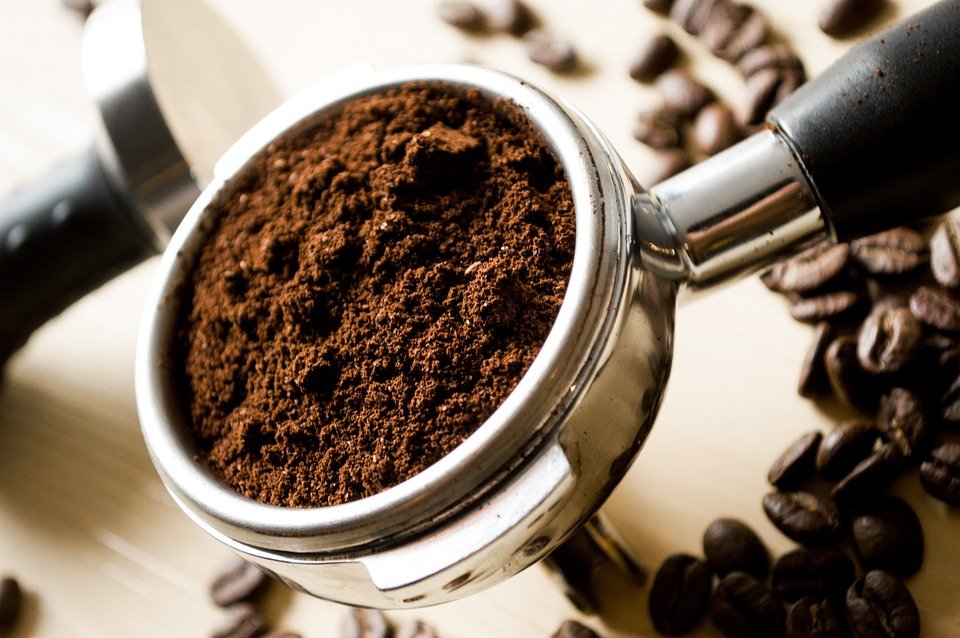
If I had a budget for a grinder and espresso machine, I’d spend 80% of it on the grinder. You can use some artistry in using the espresso machine but you can’t finagle a uniform consistency out of a bad grinder.
Now that you have ground coffee, we’d better brew our cup quickly while it’s still fresh! In Part 4, I will talk about popular ways to extract from pour over, to French press, to espresso.
PART 1: @justinlaak/why-drink-stale-coffee-part-1
Part 2: @justinlaak/why-drink-stale-coffee-part-2-roasting
